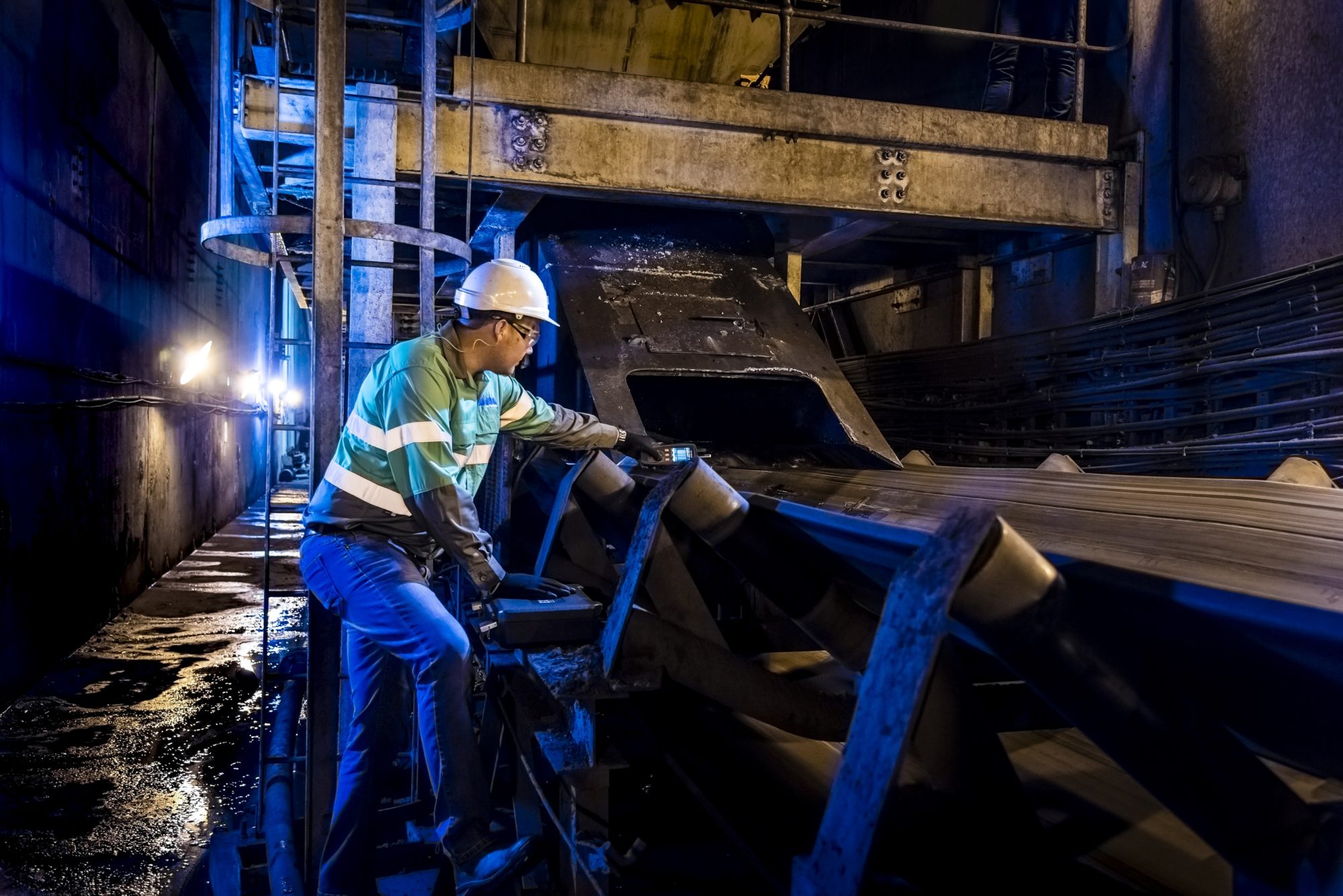Weba Chute Systems says it has been able to demonstrate to platinum mining customers how its custom-engineered chutes significantly reduce dust at transfer points.
Using the latest dust measuring technology, the company has carried out tests at mines in South Africa and Zimbabwe to compare the impact of Weba designs on material flow and dust levels, Izak Potgieter, Systems Manager at Weba Chute Systems, said.
At the site in Zimbabwe, considerable dust levels were created at bunker discharge chutes. Material of up to 500 mm in size was moving through at a rate of 600 t/h.
“The material flow was the biggest factor generating dust in the conventional chute, as material was not flowing as evenly as it should,” Potgieter says. “This created a lot of energy for the dust particles to expand into the surrounding atmosphere.”
The installation of the Weba chute – with its engineered design for optimal flow control – reduced the dust levels by about 40%, according to the company.
“By controlling the velocity of material, the design not only cuts dust creation but also reduces impact and wear for increased productivity and less maintenance downtime,” Weba said.
At the South Africa operation, the tests were conducted at a transfer point in the milling plant where an average tonnage of 190 t/h was being moved. Despite the use of water sprays, the existing chute was still creating considerable dust. The installation of the Weba chute was able to reduce dust levels by 15%, according to the company.
“Dust levels have shown to have a serious impact on human health, especially smaller particle sizes of 0.3 micron,” Potgieter says. “Health effects of dust relate mainly to particle size and dust may contain microscopic solids or liquid droplets that are small enough to get into the lungs and cause serious health problems.”
Spores and contaminants associated with dust and aerosol can also adversely impact human health, causing a range of issues from respiratory infections to toxic exposure, according to Weba.











